breaking down the corpse in art
+
all manner of the macabre.
d_composition is an art historical take on the body hereafter. Formed in the petri-dish of visual culture and death, it’s aimed at those who rubberneck for anything morbidly curious.
Amongst these hoardings, you’ll find hot takes on art with a dark sensibility,
from ages ago til now and my latest fixations and goth adjacent media.

moth to a flame
Gabriel von Max’s Der Anatom incorporates vanitas imagery and the symbol of the moth, forming a salon painting typical of the era, and indicative of a larger (and truly icky) predilection among artists to depict the corpse of a beautiful woman.

murder most foul
The mythos behind a murder most foul: the assassination of Duke of Buckingham and the commemorative patronage of Katherine Villiers.
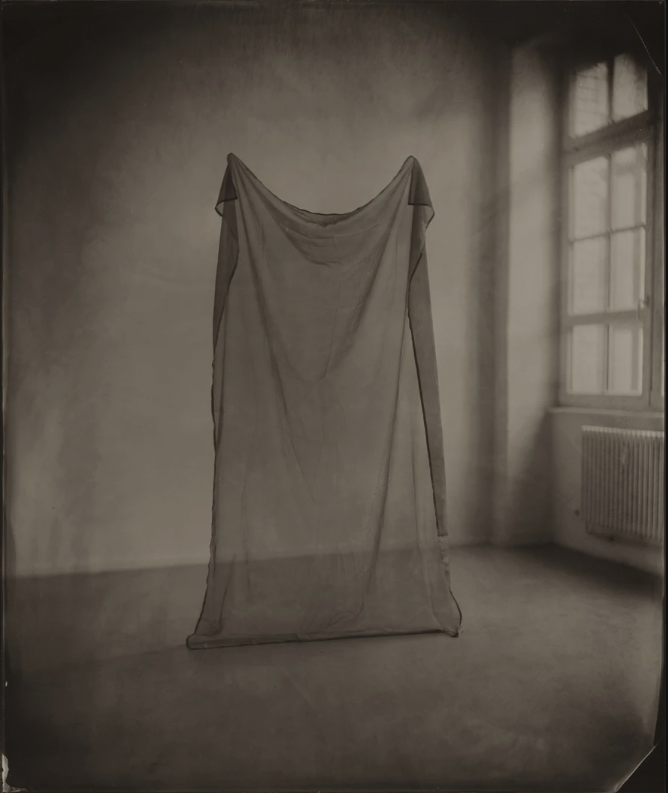
the thin veil
A Samhain special on Spiritualism, 19th-century mourning and Ben Cauchi’s photograph, The thin veil.
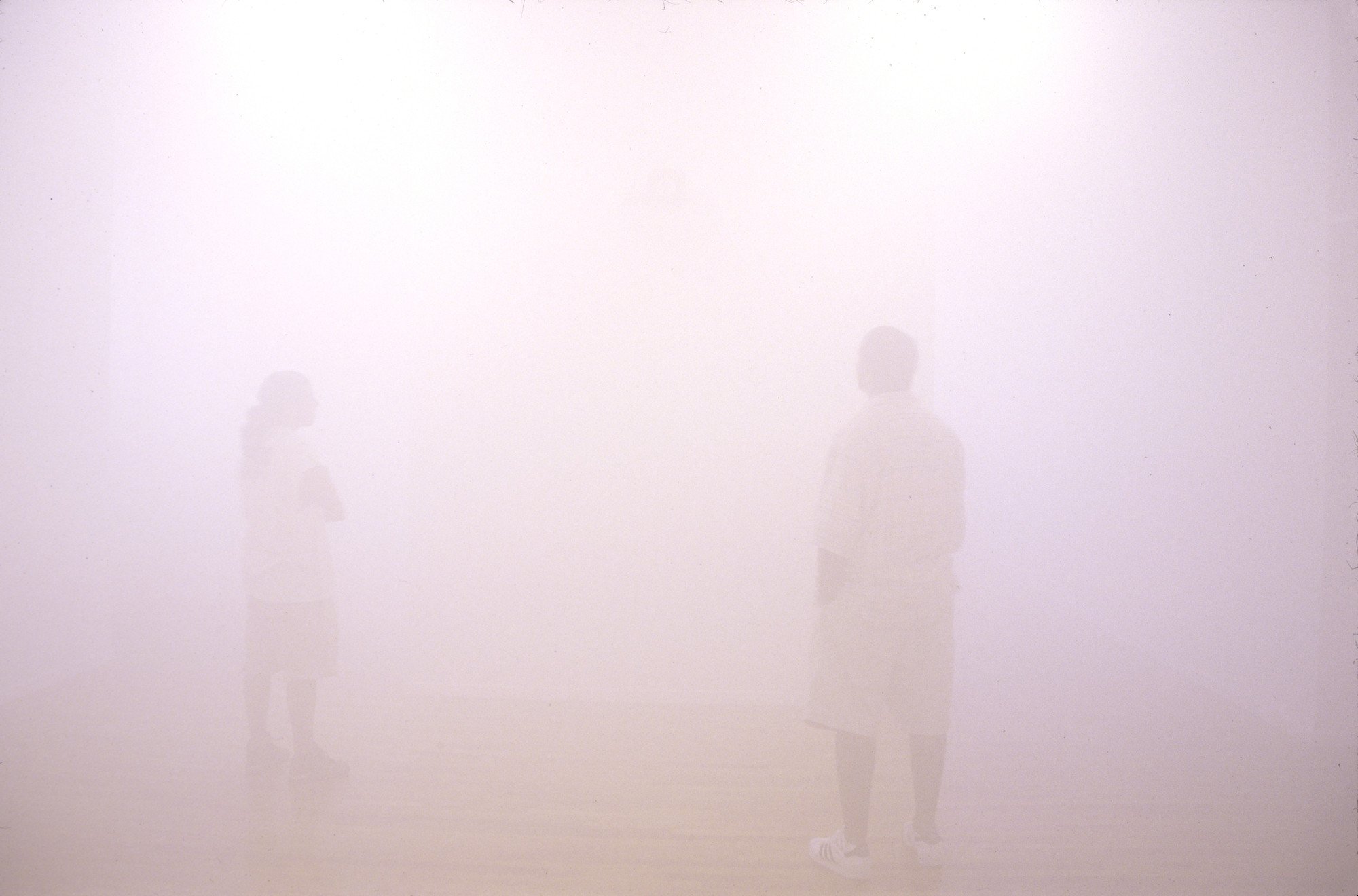
vaporisation
Mexican multi-media and conceptual artist Teresa Margolles employs a coercive method of immersion that prevents the viewer from avoiding death.

still
Jenny Saville attends to the flesh in thick lashings of oil paint. She relishes in the perception of the human body, mainly painting monumental self-portraits, nudes, fleshy women who counter the male gaze. Still is one of few images to render post-mortem flesh in her oeuvre.
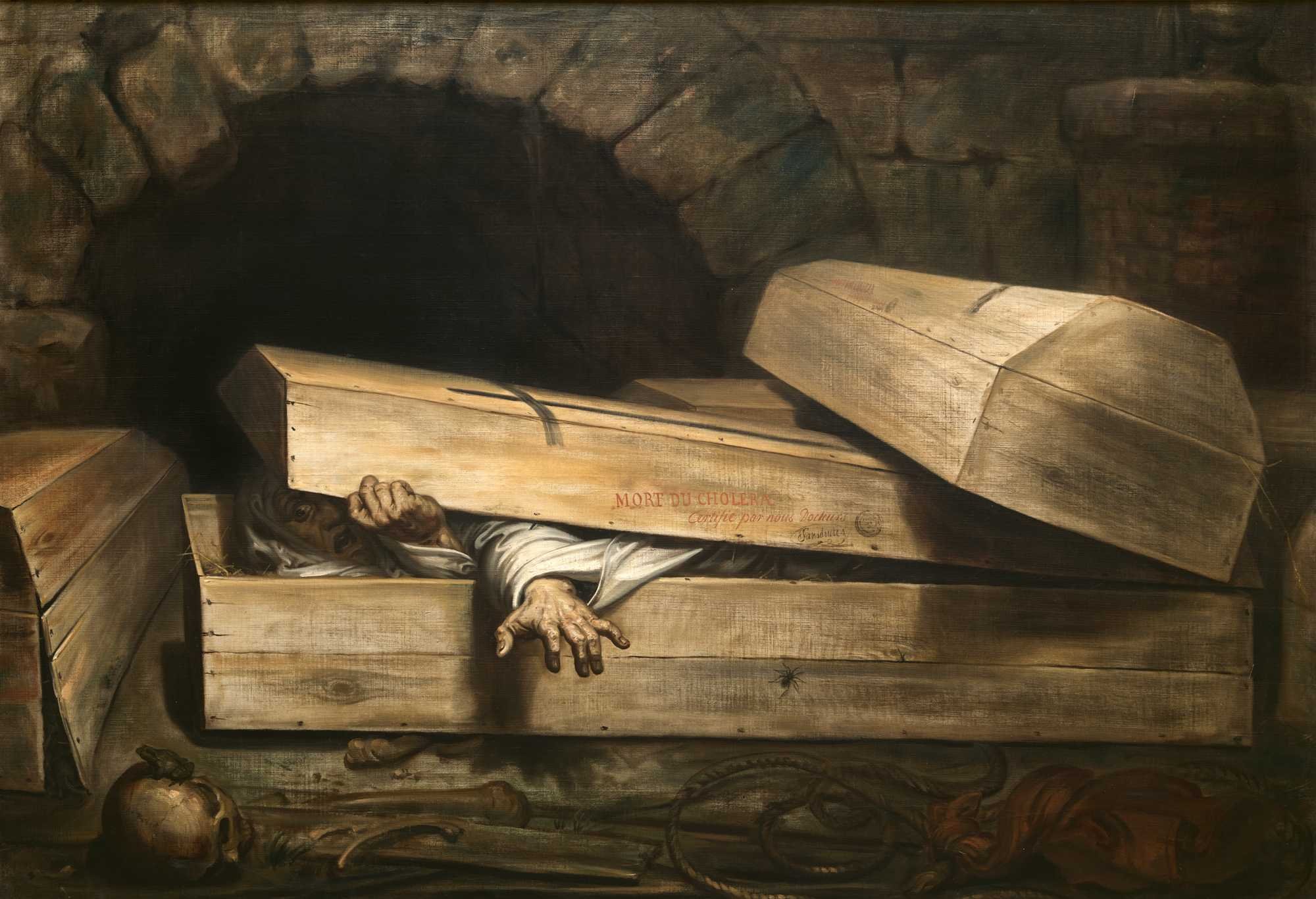
the premature burial
Throughout the Victorian era, folk were convinced that being buried alive was a very real possibility, largely due to the limited ways of medically proving a death. The Premature Burial by Antoine Wiertz depicts this pure-bred horror.
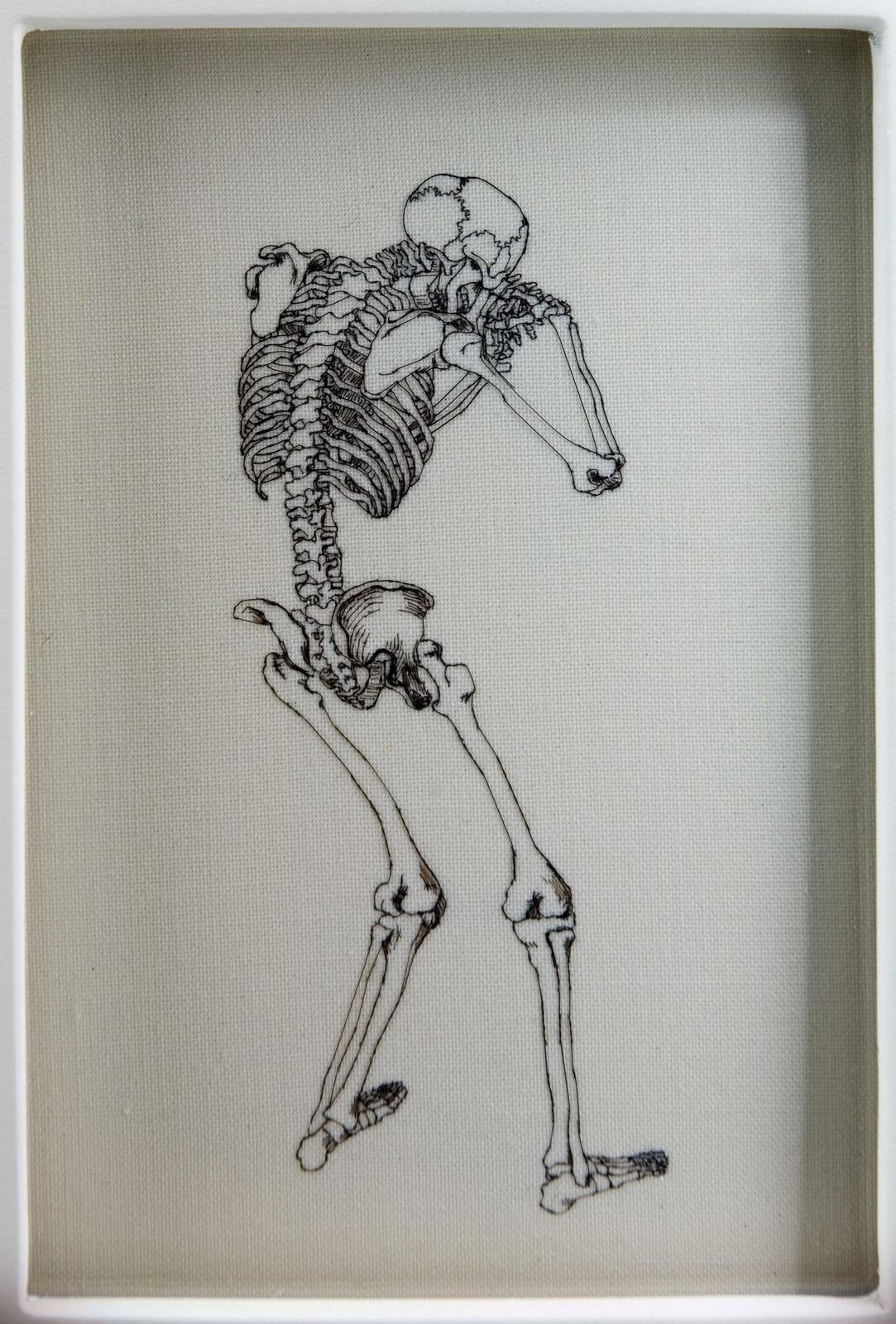
the fool
Liyen Chong uses her hair to ‘draw’ on cotton, resulting in this intricately embroidered figure titled The Fool. Taking upward of thirty hours to complete, she stitches herself into an image of the dead with intense discipline.

raft of the medusa
When Théodore Géricault’s painted The Raft of the Medusa (1818-9) he really committed 100%. He interviewed survivors, made a full-scale replica of the raft and – wait for it – borrowed body parts from the Hospital Beaujnon to create studies of decomposition.

no seconds
Until 2011, Texas death row inmates were able to request a ‘special meal’ a personalised last supper consisting of almost anything. Fascinated by the mundane and extraordinary, New Zealand photographer Henry Hargreaves created the series No Seconds exploring the last suppers of criminals executed under the American penal system.

this big goth rock
Photographer Vincent Tullo took this image as part of a series about the American Museum of Natural History in New York. This one might strike y’all as a little off-topic, but this big goth rock makes me think about death.

hand of a hanged man
The hand of glory is not only one of the weirdest things I’ve happened upon, but it’s wildly complex to make and has the most weirdly specific payoff. Fortunately, courtesy of the Peti Albert, an 18th-century grimoire of folk magic, I’ve got the down low on the how-to.

little electric chairs
From 1964, Andy Warhol would uplift troubling images from newspapers: fatal car crashes, an upturned ambulance. He claimed the more you looked at an image, the less gruesome it is. His series on the electric chair exhibits this depersonalising effect but holds impending terror in its repetition.

silueta
Part-performance, part-land-art Ana Mendieta’s Silueta series is a collection of ephemeral landscape interventions captured in photographs. She creates imprints of her ‘body’ from earth, blood, flowers, leaves, sticks, stones, fire, gunpowder, fireworks, candles and cloth.

angel of anatomy
In some kind of macabre burlesque act, Leonor Fini’s The Angel of Anatomy drops a mauve cloth away to reveal muscle and bone.

lost content
Jasmine te Hira’s video work, Lost Content speaks of grief in gentle whispers, punctuated by a disarming and silent agony.

grave moments
Lowkey obsessed with these grave moments by Caspar David Friedrich. While he’s more commonly known for vast, Romantic landscapes, I think these paintings are due some love.

deathbed of a lady
Rendered in Monet’s signature style of loose brushwork and pastels, Camille is immortalised in her final moments.
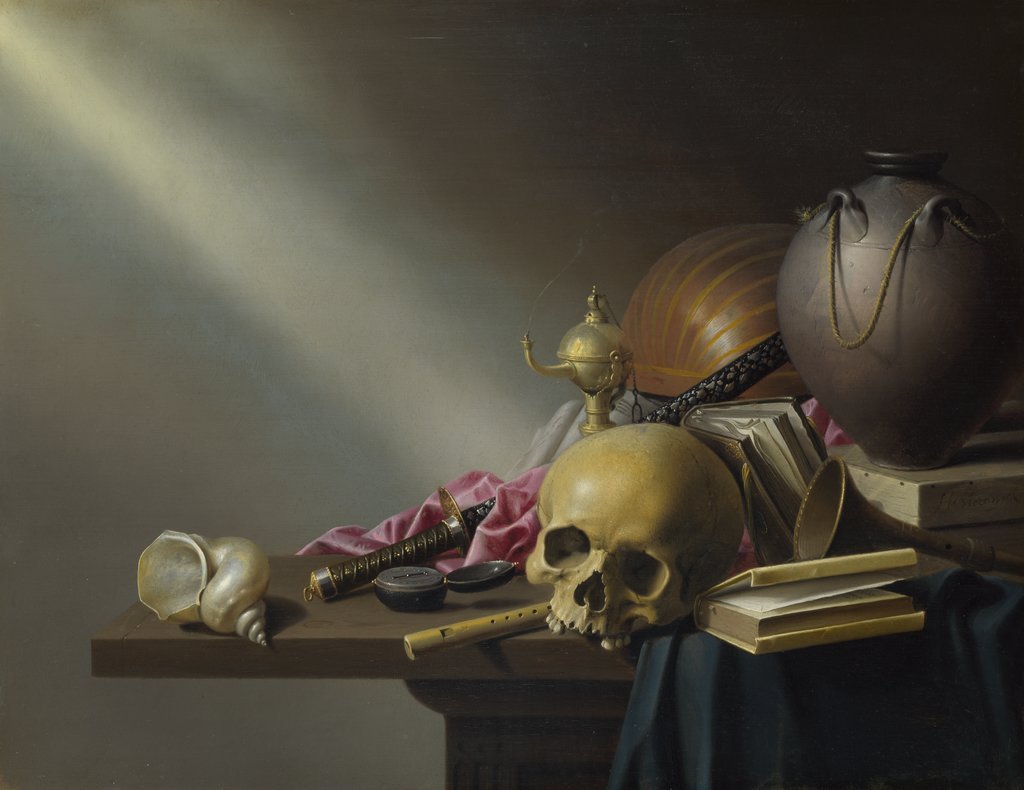
vanitas
This still-life by Dutch artist, Harmen Steenwijck is an example of vanitas, a movement that took hold during the prosperity of the 18th-century in the Netherlands. Taking its name from the Latin word meaning ‘emptiness’, this genre of painting puts a bunch of objects together in a casual reminder of your own mortality.
